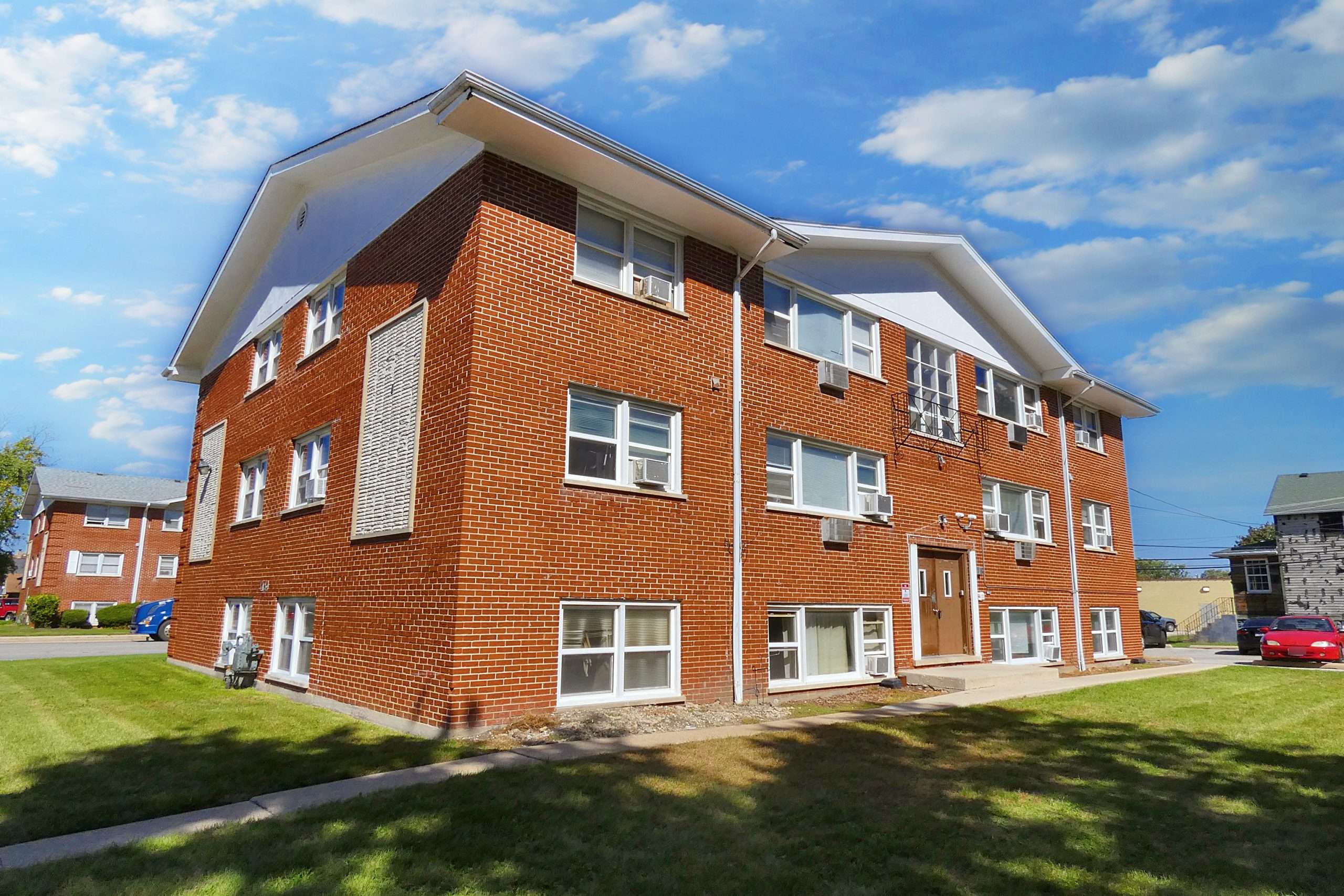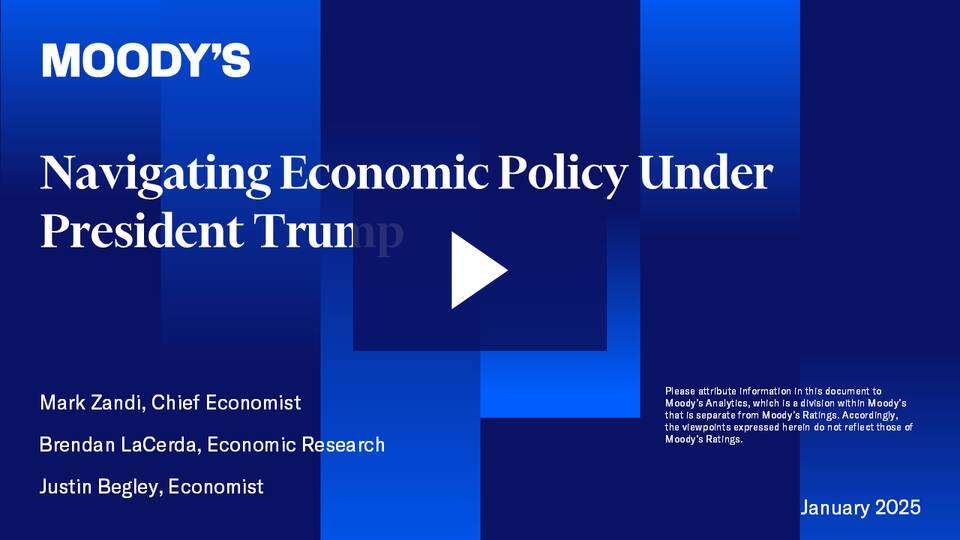
As a multifamily broker in Chicago, it's fascinating yet challenging to decode the patterns of the multifamily market. After dissecting the insights presented by Jay Lybik from CoStar, it’s clear that 2025 promises significant changes driven by shifting supply and demand balances. The dynamics ahead are both intriguing and telling for property owners and investors.
The Rollercoaster of Demand and Supply
The multifamily housing market has experienced a wild ride lately. In 2024, there was a remarkable 70% rise in absorption rates. This surge in demand is impressive, but it comes with a twist. The supply side of the market has also been booming. In fact, the number of unit deliveries reached levels not seen since the 1980s. It’s a classic case of supply outpacing demand.
2024: A Year of Contrasts
To put it into perspective:
557,000 units were absorbed in 2024.
675,000 units were delivered, marking a record high.
Despite the strong demand, the market was flooded with new units. This imbalance led to higher vacancy rates. By the end of 2024, the vacancy rate climbed from 7.7% to 8.0%. It’s clear that the influx of new units has overshadowed the increased demand.
Looking Ahead to 2025
What does the future hold? According to projections, demand is expected to stabilize around pre-pandemic levels in 2025. This could mean a more balanced market. But there are still uncertainties. Economic factors such as inflation and household formation will play a crucial role in shaping rental demand. As Jay Lybik, the National Director of Multifamily Analytics at CoStar, noted,
“There’s an upside risk if household formations exceed expectations.”
With the construction pipeline slowing down, 2025 might just be the year when the multifamily market finds its footing. The excess supply should start to diminish, and vacancy rates could stabilize. This could be the turning point that many property owners are waiting for.
Understanding the Bigger Picture
It’s essential for multifamily owners in the Chicago area to keep an eye on these trends. The market dynamics are shifting. The balance between supply and demand is crucial for making informed decisions. As the market stabilizes, opportunities for growth will emerge.
In summary, while 2024 was characterized by a significant rise in demand, the overwhelming supply created challenges. As we look to 2025, the landscape may change. It’s a time for multifamily owners to stay informed and prepared for the evolving market conditions.
Vacancy Rates and Rent Growth: A Balancing Act
The multifamily market is currently experiencing a significant shift. In 2024, vacancy rates rose to 8.0%. This increase is noteworthy, as it marks a rise from 7.7% in 2023. However, there is a silver lining. Experts predict that these rates will stabilize in 2025. But what does this mean for property owners and managers?
Understanding Rent Growth
Alongside rising vacancy rates, rent growth has also moderated. It closed 2024 at just 1%. This is a stark contrast to the rapid increases seen in previous years. The market imbalance that drove rent growth has begun to decline.
But what does this mean for future rent growth? As the market stabilizes, rent growth is expected to shift toward 3% in more balanced conditions. This presents a potential opportunity for property owners to adjust their strategies.
The Role of Property Managers
Property managers are finding themselves in a tight spot. With increased vacancy rates, they are more reliant on concessions to maintain occupancy. This means offering incentives to attract tenants. It’s a balancing act—how much to offer without compromising profitability?
According to Jay Lybik, a national director of multifamily analytics, “This could be the best opportunity in three years for national rent growth to restart.” This statement highlights the potential for a rebound, but it also underscores the challenges faced by property managers in the current climate.
Market Response to Supply Pressure
The multifamily market is responding to supply pressure. With a dramatic drop in new deliveries expected, the dynamics are shifting. As new construction slows, the opportunity for rent growth becomes more viable. This is crucial for multifamily owners in the Chicago area, as they navigate these changes.
In summary, the multifamily market is at a crossroads. Vacancy rates and rent growth are in a delicate balance. Property managers must adapt to these changes, using concessions wisely while preparing for potential growth in the coming years. The Chicago area multifamily owners should stay informed and ready to seize opportunities as they arise.
Luxury vs. Mid-Priced Properties: The Diverging Paths
The multifamily real estate market is currently experiencing a significant divide between luxury and mid-priced properties. This shift is reshaping investment strategies and tenant preferences. As luxury units face a greater oversupply, the rent growth for these high-end properties has been disappointingly low.
Luxury Property Challenges
Luxury properties are not faring well in today's market. In fact, they are grappling with an oversupply. A staggering 70% of all units under construction are in the luxury segment. This has led to a situation where the demand simply cannot keep pace with the supply. The rent growth for luxury properties is barely moving the needle, reported at just 0.2% in Q4 2024.
Why is this happening? The luxury market is saturated. With so many new luxury units coming onto the market, it’s no surprise that top-end properties are seeing paltry rent growth. As Jay Lybik aptly puts it,
“Expect luxury segment pressures to ease as new deliveries slow down.”
This suggests that the situation may improve as fewer new luxury units become available.
Mid-Priced Properties: A Resilient Alternative
On the flip side, mid-priced properties are thriving. These properties are outperforming their luxury counterparts. The driving force behind this trend is a more balanced market condition. In contrast to luxury units, 3-star properties reported a rent growth of 1.3%. This indicates a clear preference among renters for more affordable options.
What does this mean for investors? Mid-priced properties present a valuable opportunity. They are proving to be a safer bet in an unpredictable market. With luxury properties struggling, investors might want to consider shifting their focus to mid-priced units. After all, as demand for affordable housing grows, these properties are likely to see continued success.
Market Outlook: What Lies Ahead?
Looking forward, the future of the luxury market may not be as bleak as it seems. As new deliveries of luxury units are expected to decline significantly, relief may be on the horizon for oversupplied luxury properties. This could lead to a stabilization of rent growth in the luxury segment. However, the mid-priced market is likely to remain strong.
In summary, while luxury markets struggle with excess supply, mid-priced properties are proving resilient. This shift signifies a crucial change in market segments, one that multifamily owners in the Chicago area should closely monitor. Understanding these dynamics can help inform investment strategies and tenant engagement moving forward.
Regional Insights: The Sun Belt Struggles and the Midwest Shines
The multifamily market landscape is evolving. Recent trends show a stark contrast between the Sun Belt and Midwest regions. Understanding these differences is essential for multifamily owners, especially in the Chicago area.
Sun Belt Challenges
Sun Belt markets are facing significant hurdles. They currently exhibit the highest vacancy rates in the nation. For instance, Austin is struggling with a vacancy rate of 15%, while Houston follows closely at 11.3%. These numbers are alarming for property owners.
Austin has seen a dramatic drop in rents, falling by 4.8% year over year.
Other markets like Denver, San Antonio, and Jacksonville are also in the bottom tier for rent growth.
What does this mean for investors? The oversupply of units is a major factor. With demand not keeping pace, many owners are resorting to concessions to attract tenants. This trend is evident, as the use of move-in specials has surged to 39% of units, a significant increase from 7% in June 2022.
Midwest Resilience
In contrast, the Midwest is shining brighter. The region is outperforming the national average, showcasing robust rent growth. For example, Detroit leads with a 3.2% increase in asking rents. Kansas City and Cleveland are not far behind, with 3% and 2.8% growth, respectively.
"In 2025, expect the Midwest to continue its upward trend, solidifying its market edge." - Jay Lybik
This growth highlights the importance of geographical trends in real estate performance. The Midwest's relatively balanced market conditions allow for a more stable environment compared to the Sun Belt.
Key Takeaways
For multifamily owners in Chicago, the disparities between these regions are crucial. The Sun Belt’s challenges may present opportunities for those willing to adapt. Meanwhile, the Midwest's positive trajectory offers a promising landscape for investment.
Understanding these regional distinctions is vital for tailoring strategies. As market conditions evolve, staying informed is key to making sound investment decisions.
The Future of Multifamily Markets: Hopeful Yet Cautious
The multifamily housing market is at a crossroads. With positive indicators for 2025, many property owners feel a sense of hope. However, lurking in the background are potential geopolitical issues that may threaten this stability. As we look ahead, it's crucial for property owners to remain vigilant and adaptable to changing dynamics.
Understanding the Current Landscape
The global landscape remains unpredictable. This unpredictability affects local market performance and trends. For instance, while demand for rentals surged in 2024, it was overshadowed by a record number of new multifamily units hitting the market. Jay Lybik, National Director of Multifamily Analytics at CoStar, noted,
"The multifamily recovery depends greatly on avoiding economic supply shocks."
In 2024, full-year absorption rose significantly, but it couldn't keep pace with the flood of new units. The construction pipeline is slowing, which may offer a glimmer of hope for 2025. Could this be the year when supply finally aligns with demand?
Key Factors to Watch
Geopolitical Issues: Tensions in the Middle East, for example, could reignite inflation. This would dent consumer confidence and purchasing power, directly impacting demand.
Local Market Dynamics: Each region has its own unique challenges and opportunities. The Midwest and Northeast are currently outperforming due to balanced conditions.
Property Type Performance: Luxury properties are feeling the brunt of oversupply, while mid-priced properties are showing resilience.
As property owners navigate this evolving landscape, they must embrace a duality of optimism and caution. The outlook for 2025 is promising, yet it requires a careful approach.
What Lies Ahead for Property Owners?
With the expectation that the vacancy rate will stabilize in 2025, this could be the best opportunity in three years for national rent growth to begin expanding. The multifamily market's resilience may hinge on a steady U.S. economic landscape. Property owners should consider the following:
Stay informed about global events that could impact the economy.
Be prepared to adapt strategies based on market conditions.
Focus on maintaining occupancy rates through incentives and concessions.
In conclusion, as multifamily brokers in the Chicago area, it is our responsibility to keep clients informed. The multifamily market is poised for recovery, but the path is fraught with potential challenges. By remaining vigilant and adaptable, property owners can navigate these uncertain waters. Embracing a mindset that balances hope with caution will be essential for success in 2025 and beyond.
https://www.creconsult.net/market-trends/navigating-the-multifamily-market-insights-and-predictions-for-2025/?fsp_sid=428





